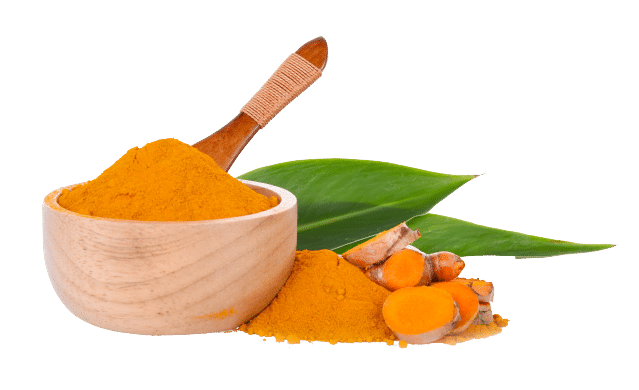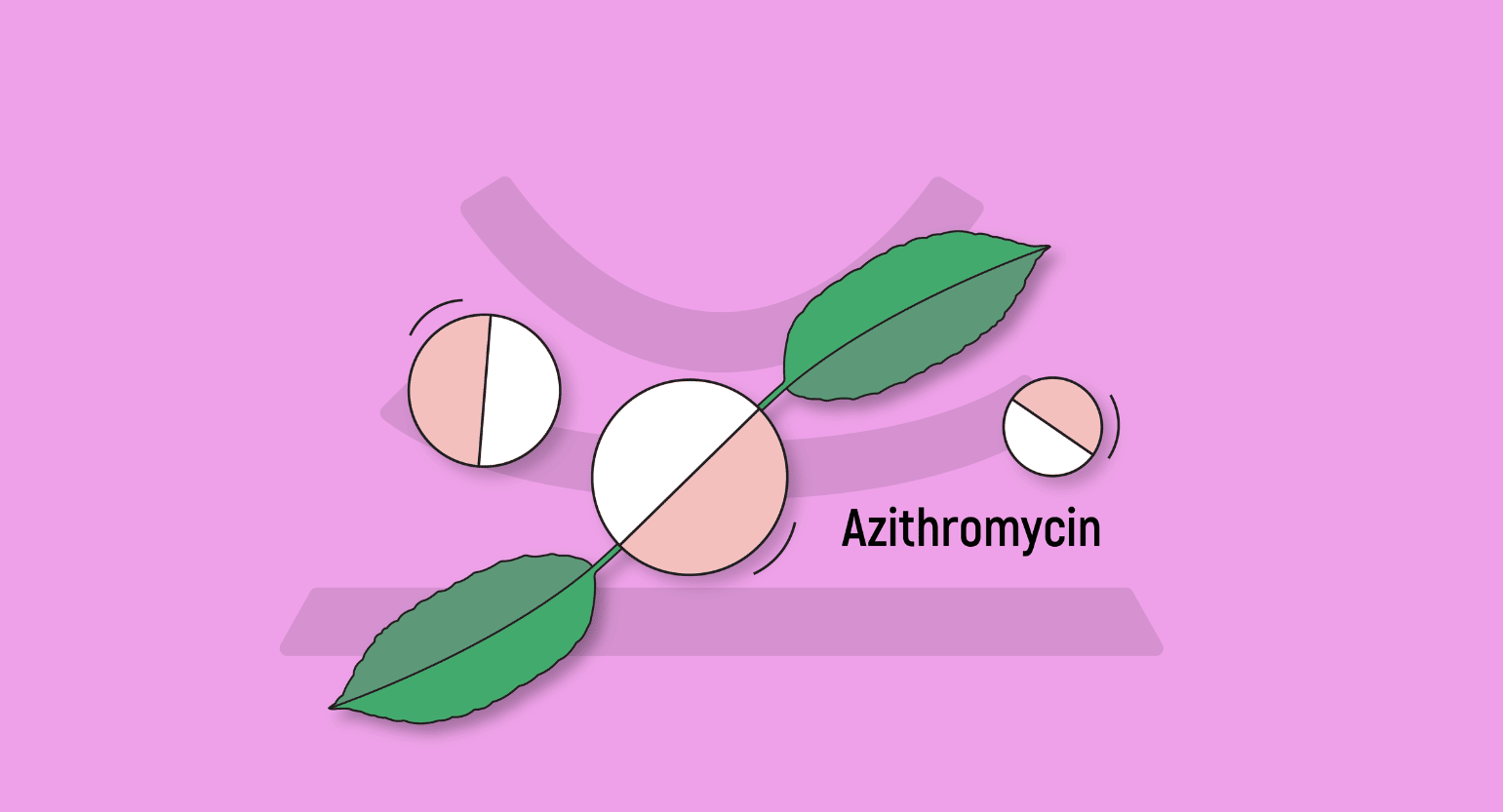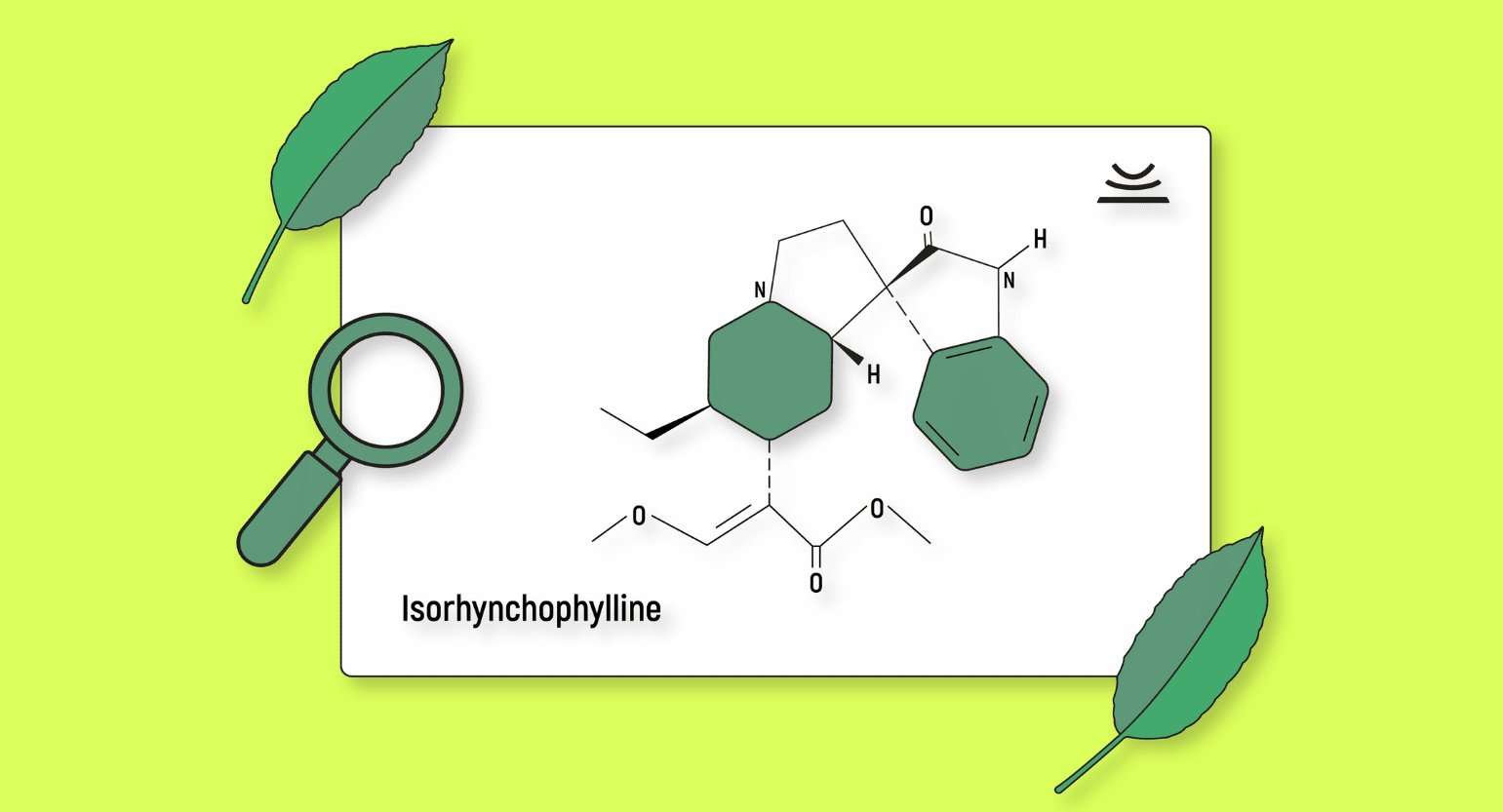Comparison Summary: Turmeric vs. Kratom
| Turmeric | Kratom | |
| Dosage Range | 500 mg of turmeric per day | 2.5 grams to 10 grams per day |
| Common Side Effects | Acid reflux, skin rashes, nausea, headaches, and flatulence | Dry mouth, lack of appetite, weight loss, constipation, and insomnia |
| Origin | South Asia | Southeast Asia |
| Addictive? | None | Low |
| Mechanism | Blocks inflammatory stimuli | Interacts with opioid receptors |
What is Turmeric?
Turmeric (Curcuma longa) is a spice originating from South Asia. It comes from the turmeric plant and is most commonly used in Asian cuisine. In particular, Indians regularly use turmeric in curries, kinds of butter, and mustards.
Although most know turmeric as a type of food, the root of the turmeric plant can be used to make medicine. It has long been used in Ayurvedic medicine, but only recently have Americans used it in this way.
The main active ingredient in turmeric is curcumin. Together with other chemicals, there is evidence to show that curcumin plays a significant role in reducing inflammation in the body.
This means turmeric could be used to help people with pain relief. One study compared turmeric to diclofenac when it comes to pain relief effectiveness.
Interestingly, a study conducted by the University of Australia found that turmeric was more effective than a placebo at reducing knee pain in patients suffering from knee osteoarthritis.
Some of the most common uses of turmeric include tackling the symptoms of:
- Hay fever
- Depression
- Pain
- High cholesterol levels
- Fatty liver
- Osteoarthritis
- High blood pressure
- Itching
Turmeric is considered to be incredibly effective because there are no known safety concerns when taken by most people. This includes people who consume it orally, apply it to the skin, and even when applied to the anus for use as an enema.
Will Turmeric Harm My Health?
Generally, there are no serious side effects of consuming turmeric. However, like with any substance, high doses can lead to problems.
The main side effects associated with high doses of turmeric include:
- Acid reflux
- Flatulence
- Headache
- Nausea
- Skin rashes
Turmeric also contains around 2% oxalate. When taken in excessively high doses, certain people who are predisposed to kidney stones may experience kidney stone formations, according to some studies.
You should also be aware of certain commercial turmeric powders. Cheaper powders may contain fillers, such as wheat, rye flour, cassava starch, and questionable food colorings.
For people who are gluten intolerant, the presence of these fillers may cause their symptoms to flare up.
This is why you should always do your research to ensure you are only purchasing turmeric from a reputable vendor.
How Does Turmeric Alleviate Pain?
Turmeric contains the ingredient curcumin. Scientists believe that this active ingredient is an effective anti-inflammatory agent.
Studies have shown that curcumin blocks the activation of certain inflammatory stimuli. In other words, it works to prevent inflammation.
By preventing inflammation, the affected areas don’t swell, therefore don’t press on the nerve endings. This stops pain signals from being sent to the brain.
Both turmeric powder and turmeric extract may be used to fight pain. Most studies have focused on turmeric extract because curcumin is present in higher concentrations.

What is Kratom?
Kratom (Mitragyna speciosa) is a plant grown throughout Southeast Asia. Within the U.S., this plant is used for both recreational and medicinal purposes.
The FDA doesn’t regulate kratom; therefore, they don’t offer any dosing guidelines or recommendations.
Most people typically chew fresh kratom leaves, but it’s also available in powdered form and capsules. A popular consumption option is to mix powdered kratom into tea.
Kratom is both a stimulant and a sedative. The leaves contain high levels of alkaloids, namely mitragynine and 7-hydroxymitragynine.
Alkaloid content differs depending on the strain of kratom. The different colored veins in the leaves all come with different effects. Red vein kratom is widely considered to be the most potent strain of kratom.
The main uses of kratom include:
- Pain relief
- Increased energy levels
- Reduce anxiety symptoms
- Boost concentration
- Eliminate insomnia
- Combat fatigue
Every strain of kratom is different, however. Red vein kratom contains the strongest analgesic and sedating effects, whereas white vein kratom is more of a stimulant and increases energy levels.
Users must be aware of the different effects of each strain and measure their dosages carefully.
Will Kratom Harm My Health?
Kratom is considered to be a relatively safe substance. However, it does have an underlying risk of dependency and addiction.
There has been a notable increase in kratom addiction, particularly among young people, according to doctors from the American Society of Addiction Medicine.
In particular, its effectiveness as a treatment for social anxiety means many young people are using it to alleviate their symptoms.
Kratom does come with several side effects, including:
- Dry mouth
- Stomach pain
- Elevated heart rate
- Headaches
- Hallucinations
- Nausea
Some research has also shown a small number of kratom users may experience acute liver injury when taken regularly at high doses.
However, compared to many prescription opioids, the risk of addiction is much lower, and the majority of kratom users do take kratom responsibly.
How Does Kratom Relieve Pain?
The two primary alkaloids within kratom are responsible for reducing pain through attaching to opioid receptors in the brain and spinal cord. By attaching to these receptors, kratom successfully muffles the pain signals sent from these receptors.
This is why kratom has become a popular alternative to several common pain medications, including OxyContin and Vicodin.

Turmeric vs. Kratom for Pain Relief
Both turmeric and kratom are effective at relieving pain. They both reduce pain in different ways. Kratom acts as an analgesic, whereas turmeric is seen as an effective natural anti-inflammatory.
Although little research has been carried out comparing the two natural treatments, users report that turmeric and kratom are effective for both nociceptive and neuropathic pain.
Can You Consume Turmeric and Kratom Together?
Kratom and turmeric can be safely consumed together to combat pain. It’s widely known that turmeric has a kratom-potentiating effect. In other words, it makes the effects of kratom last longer, which can enhance long-term pain relief.
Within your liver, you have enzymes known as cytochrome P450 enzymes. These are the enzymes responsible for breaking down the kratom in your body. This is why kratom’s effects only last for a certain period.
Studies have shown that the curcumin in turmeric inhibits cytochrome P450 enzymes.
Enzyme inhibition slows down the speed at which the liver breaks down kratom, thus extending its half-life. In other words, the kratom in your system lasts longer.
Another advantage to using turmeric together with kratom is you can take a lower dose of kratom while getting the effects of higher doses.
Not only will this ultimately save you money in the long run, but you also reduce the risk of becoming dependent on kratom.
Final Thoughts: Turmeric vs. Kratom – Which is Better for Pain Relief?
The truth is both turmeric and kratom interact with the body in different ways without reacting to each other. This means you can safely consume both substances at once to enhance their pain-relieving benefits.
It’s important to mention that turmeric acts more like an anti-inflammatory, whereas kratom is more of a pure analgesic in the same vein as Vicodin.
However, to avoid the potential for unpleasant side effects, you must carefully manage your dosage, especially when it comes to kratom.
Turmeric’s inhibitive effects on the liver can allow you to take lower doses of kratom without compromising on its beneficial effects.
Take the time to research vendors to ensure you’re only getting a high-quality product. Make sure you aren’t purchasing anything that contains unnecessary filters, additives, or chemicals.
Together, these two substances are an excellent natural, alternative pain relief option.










